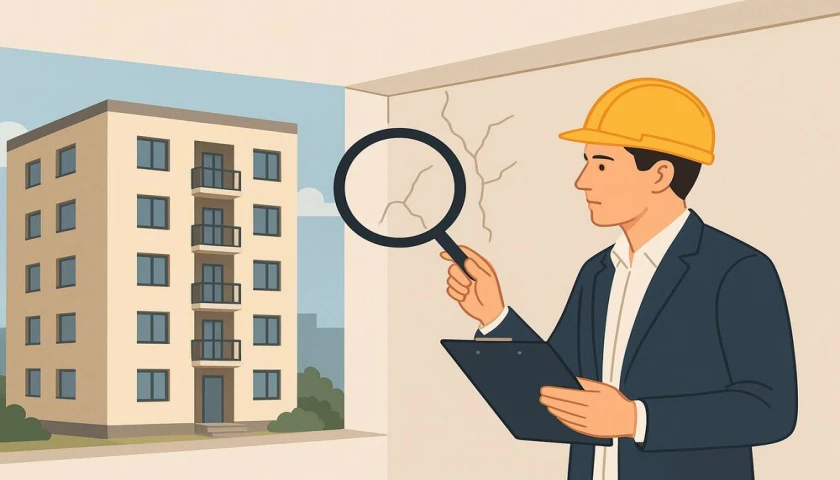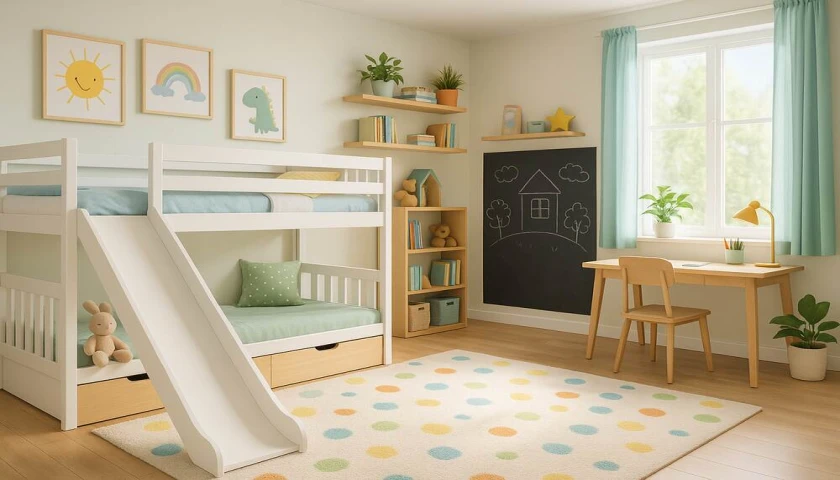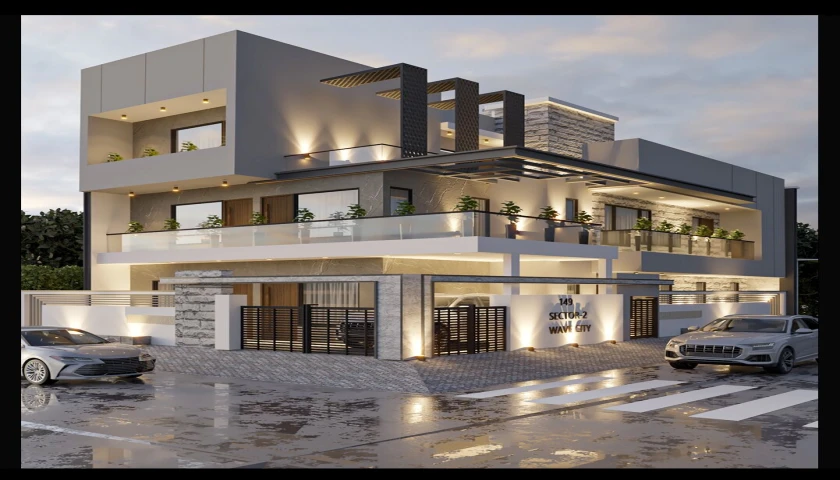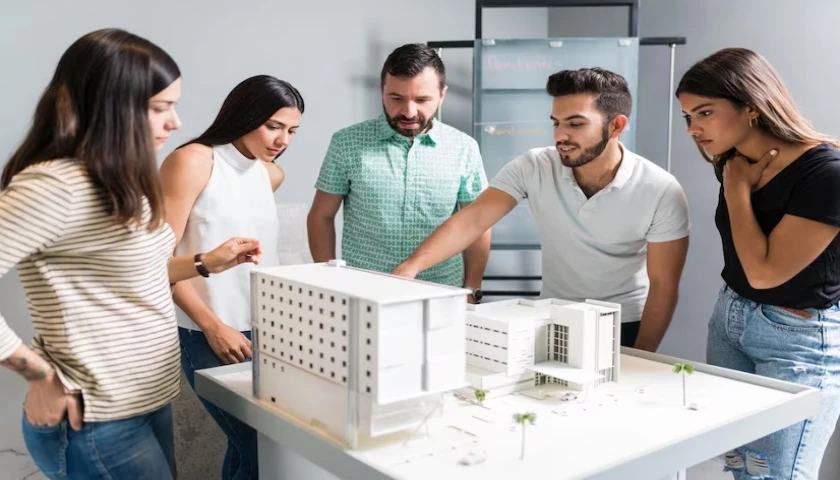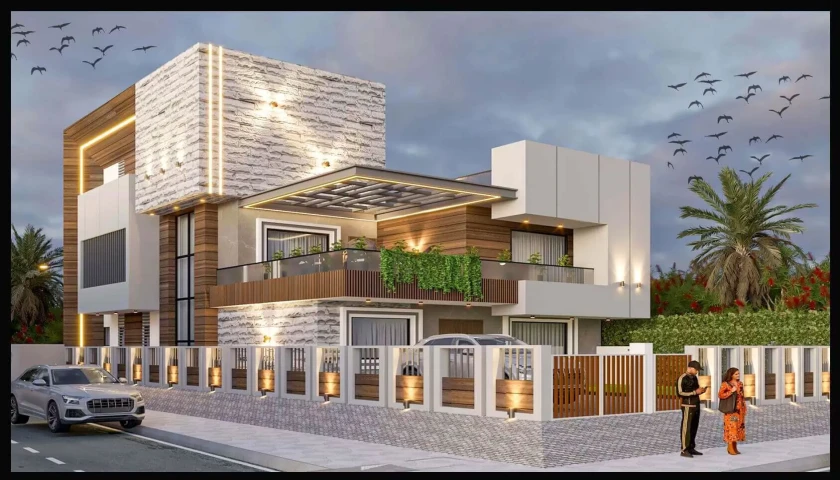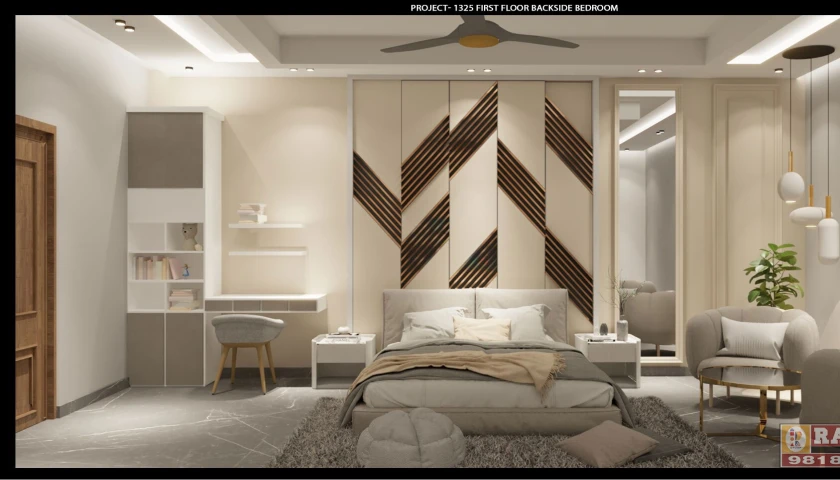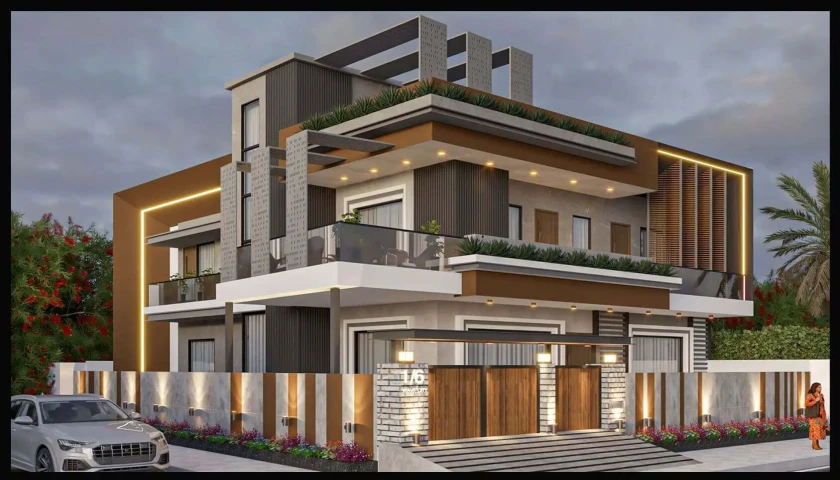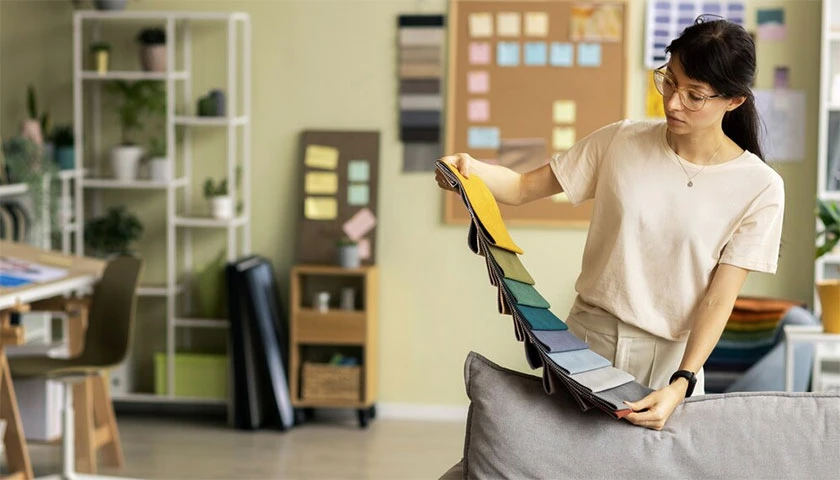Technology is changing how buildings are designed and built. It helps architects make better, smarter, and more energy-efficient buildings.
3D Printing
- 3D printing creates models of buildings quickly and cheaply.
- Architects in Ghaziabad can print small-scale models to see how a design looks.
- It helps them make changes before starting real construction.
- 3D printers can also create building parts, like walls or furniture.
- This reduces the need for manual labor and materials.
- It saves time during the design process.
- 3D printing allows for more creative and complex designs.
Building Information Modeling (BIM)
- BIM is a computer tool used by architects to design buildings.
- It creates 3D models of a building to see how it will look.
- Architects can plan the entire building, including rooms, windows, and doors.
- BIM helps find and fix problems before construction starts.
- It makes construction more accurate and organized.
- The software shows how the building will be built step by step.
- It helps architects, engineers, and builders work together better.
- BIM can also manage the building after it is finished.
Sustainability
- Technology helps create buildings that use less energy and resources.
- Solar panels collect energy from the sun to power buildings.
- Smart windows adjust to control temperature, saving energy.
- Green roofs are covered with plants, helping cool the building and reduce pollution.
- Energy-efficient lighting and heating systems use less power.
- Buildings are designed to reduce waste and use eco-friendly materials.
- Smart systems help manage energy use and water consumption.
- Technology helps architects plan buildings that are better for the environment.
Smart Buildings
- Smart buildings use technology to improve comfort and efficiency.
- They have systems that control lighting, temperature, and security automatically.
- For example, lights turn off when no one is in the room.
- Smart thermostats adjust the temperature to save energy.
- Security systems can detect movement and send alerts.
- Smart buildings can be controlled remotely using apps on a phone.
- They reduce energy use by turning off unneeded systems.
- These buildings are more comfortable for people living or working inside.
- They are also safer with features like cameras and sensors.
Drones
- Drones are small flying devices used in architecture.
- They help architects gather data from construction sites.
- Drones can take pictures and videos from the air to see the site better.
- They help survey land and measure distances quickly.
- Drones make site inspections faster and safer.
- They can create maps and 3D models of the area.
Virtual Reality (VR)
- Virtual Reality (VR) lets architects create a virtual version of a building.
- Clients can take a "walkthrough" of a building before it is built.
- VR helps people understand how a space will feel and look.
- Architects can make changes to the design in real-time.
- VR makes it easier for clients to give feedback on designs.
- It helps architects see how different designs work together.
- VR is useful for large or complex projects.
- It saves time by avoiding mistakes before construction starts.
Robotics
- Robots are used to help build and design buildings.
- They can do tasks like bricklaying, welding, and painting.
- Robots work faster and more accurately than humans.
- They can reduce the risk of mistakes and accidents.
- Robots help with repetitive tasks, saving time and labor.
- They can work in dangerous or hard-to-reach areas.
- Robots are also used for assembling building parts.
- They improve the quality of construction by being precise.
- Architects use robots to test and create building models.
Augmented Reality (AR)
- Augmented Reality (AR) combines real-world views with digital information.
- Architects use AR to show design changes in real-time.
- With AR, clients can see how new designs will look in an existing space.
- It helps architects visualize and improve their ideas on-site.
- AR can overlay digital models on a physical space using a phone or tablet.
- This technology makes it easier to make quick design decisions.
- AR allows for better communication between architects and clients.
- It helps reduce misunderstandings and errors in the design process.
Parametric Design
- Parametric design uses computers to create complex shapes and structures.
- Architects input rules and measurements into software to guide the design.
- The design changes automatically when one part is adjusted.
- It allows architects to create unique and creative building forms.
- This method helps in making efficient use of space and materials.
- Parametric design makes it easier to test different design options.
- It allows for more flexibility and innovation in architecture.
- The software can create designs that are hard to make by hand.
Energy Simulation Software
- Energy simulation software helps the best architect in Aditya world city plan how a building will use energy.
- It shows how much energy a building will need for heating, cooling, and lighting.
- Architects can test different designs to see which one is the most energy efficient.
- It shows how natural light, insulation, and ventilation will affect energy use.
- Energy simulations help create buildings that are comfortable and save money.
- This technology helps architects design buildings that are good for the environment.

